The large reservoir in Catalonia shrank to 1 percent of capacity in March 2024.
Three subsequent years of record low precipitation have taken a toll on northeastern Spain’s Catalonia region. Satellite images show one of the region’s largest reservoirs dried to a trickle in March 2024.
Historical Drought Patterns and Current Impact
According to the Meteorological Service of Catalonia, 2023 was the second-driest year on a record that goes back 110 years, second only to 2022. The past three years in Catalonia have all seen the least amount of rain since 1914. In the meteorological agency’s annual climate bulletin for 2023, the drought was described as the “worst on record.” And parched conditions have continued into 2024: Parts of Catalonia received less than half of the average (1991-2000) rainfall from January through early March, and crops and reservoirs have dried up.
Emergency Measures and Water Scarcity
On February 1, 2024, the Catalan government declared a drought emergency, which put restrictions on water consumption for the region’s 6 million residents, as well as businesses and farmers. Such an emergency is typically declared once reservoir levels drop below 16 percent. The average water levels of Catalonia’s reservoirs stood at 14 percent on March 8, 2024. In Barcelona, the Catalan capital, public fountains and beachside showers had been turned off, according to news reports. Restrictions have also been placed on residential water, limiting daily use to about 210 liters (55 gallons) per person.
The Sau Reservoir’s Drastic Transformation
The Sau Reservoir (or Pantà De Sau), located 80 kilometers (50 miles) inland from Barcelona, is the region’s second-largest reservoir. It was created in 1966 by damming the Ter River and flooding an old village, called Santa Romà de Sau. The reservoir serves as a water source for numerous towns in the area, including Barcelona.
The images above show the Sau Reservoir on March 3, 2023 (left) compared to March 4, 2024 (right). They were acquired by Landsat 9 and Landsat 8, respectively. Receding water has exposed bare ground at the bottom of the reservoir. Although not visible in the images, the lack of water has also exposed structures of the old village of Santa Romà de Sau, including an 11th-century church, which now stands on dry land.
Over the past three years, the water level in this reservoir has decreased substantially. In April 2023, the reservoir dipped to 7 percent of capacity. Continued drought in winter 2023 caused water levels to further recede. In early March 2024, the water level dropped to 1 percent of capacity. This time of year, the reservoir typically stands at about 65 percent of capacity. According to news reports, if the lack of rain continues, Barcelona may begin importing water from Valencia.
NASA Earth Observatory images by Wanmei Liang, using Landsat data from the U.S. Geological Survey.

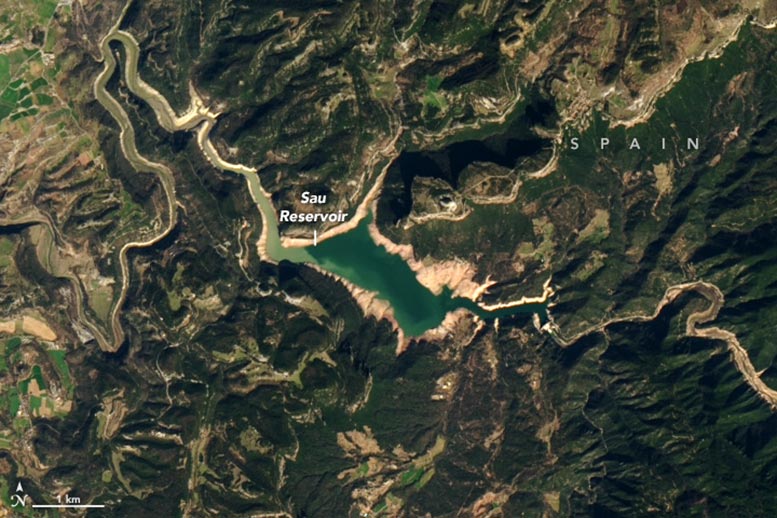
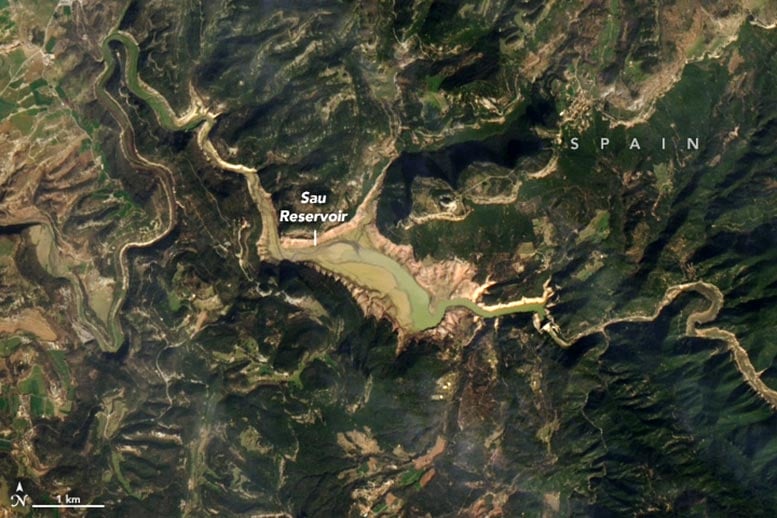



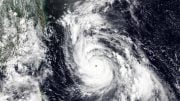

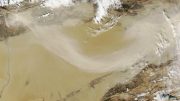

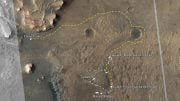
Be the first to comment on "Sau Reservoir Dries Up: Unearthing Catalonia’s Sunken Secrets"